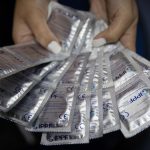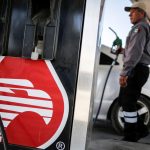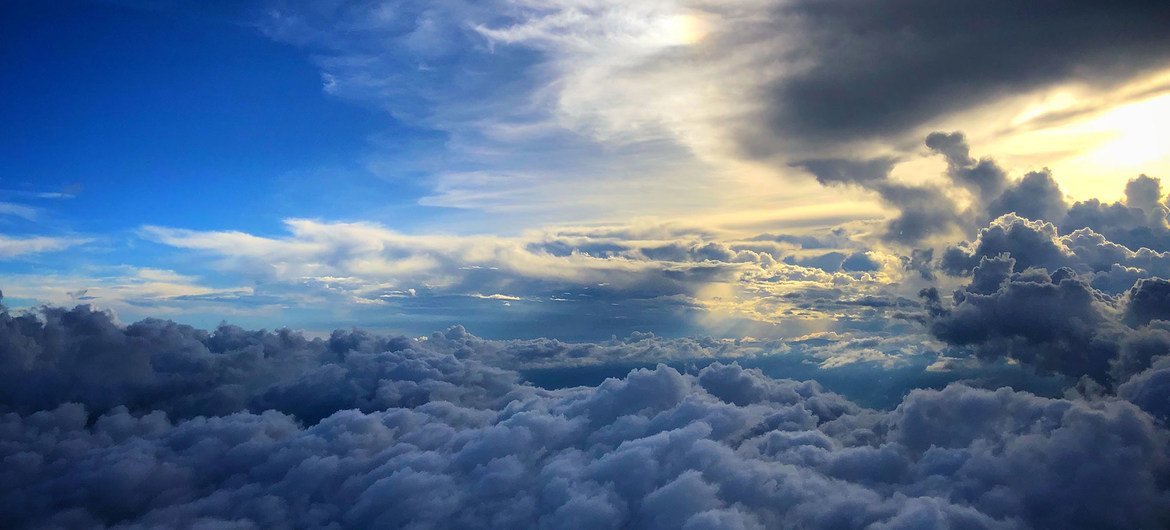A group of UN agencies and organizations* launched this Tuesday a new application for phones and mobile devices that will help people know the level of ultraviolet radiation anywhere in the world and protect themselves from the sun’s rays according to its intensity.
This new digital tool, called SunSmart Global UV, informs about the time slots in which it is necessary to protect yourself from the sun, based on a numerical scale that goes from one (or low exposure) to eleven (extreme risk) and that measures the intensity of the called the Ultraviolet Index.
The higher the rating, the greater the potential for skin and eye damage, and the shorter the time it takes to cause damage to our bodies. The app recommends adapt outdoor activities and use sun protection when the Index is equal to or greater than number three.
The damage caused by ultraviolet rays accumulates in our body and can be harmful when people are exposed to the sun for long periods, even at low levels of radiation.
The app provides information five days ahead, is available for free in the Apple and Google stores, allows the inclusion of national and local data and is currently translated into Chinese, English, French, Russian, Dutch and Spanish.
More than 1.5 million cases of skin cancer in 2020
“The data shows us that Overexposure to ultraviolet rays is the main cause of skin cancer.. Therefore, it is vital that people know when and how to protect themselves,” said Dr. María Neira, director of the Department of Environment, Climate Change and Health of the World Health Organization (WHO).
“We encourage everyone to use the app to protect themselves and their families, as well as to make it a daily habit,” added the WHO expert.
In 2020, more than 1.5 million cases of skin cancer were diagnosed worldwide. During the same period, more than 120,000 people lost their lives to this highly preventable disease.
One of the main factors that contribute to these cancers is the excess of ultraviolet radiation derived from the deterioration of the ozone layer located in the earth’s stratosphere. This wear is due to the emission of certain chemical substances manufactured and released into the atmosphere by man.
The application is a clear example of science at the service of society
The launch of the application coincides with the first day of summer in the northern hemisphere and aims to raise public awareness on the importance of protecting oneself from the sun’s rays and helping to reduce the incidence of skin cancer.
Although all people need to sunbathe, mainly to produce vitamin D, which helps prevent the development of bone diseases such as rickets, osteomalacia and osteoporosis, excessive exposure “can be dangerous and fatal.
“The app combines meteorological, environmental and health data to protect people from the sun both at work and in their free time. It is unique because it uses the data of the meteorological and ultraviolet radiation measurement stations of each country and offers measurements precise and specific information about these indices”, explained the general secretary of the World Meteorological Organization.
Professor Petteri Tallas stressed that it represents “a great example of science at the service of society”.
Tip to avoid UV-related illnesses and deaths
- Limit sun exposure time during midday
- Take shelter in the shade when the intensity of ultraviolet rays is greater
- Wear protective clothing, hats, and sunglasses
- Use a cream with broad spectrum sun protection
- Protect children from long periods in the sun. Excessive exposure during the first years of life can significantly increase the risk of later suffering from UV-related diseases
*The World Health Organization (WHO), the World Meteorological Organization (WMO), the United Nations Environment Program (UNEP) and the International Labor Organization (ILO).













Add Comment